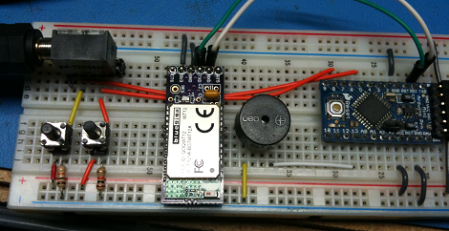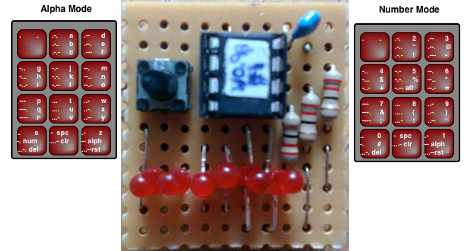Over the last few years, [Michael] has been working on the Lucid Scribe project, an online sleep research database to document lucid dreams. This project uses a combination of hardware and software to record rapid eye movements while sleeping. Not only is [Michael] able to get his computer to play music when he starts dreaming (thus allowing him to recognize he’s in a dream), he can also communicate from within a dream by blinking his eyes in Morse code.
According to the Lucid Scribe blog, [Michael] and other researchers in the Lucid Scribe project have developed motion-sensing hardware capable of detecting heartbeats. This equipment is also sensitive enough to detect the Rapid Eye Movements associated with dreaming. This hardware feeds data into the Lucid Scribe app and detects when [Michael] is dreaming. Apparently, [Michael] has been practicing his lucid dreaming; he’s actually been able to move his eyes while dreaming to blink our Morse code. The first message from the dreamworld was, of course, “first post”. [Michael] used ‘first post’ to debug his system, but he has managed to blink ‘S’ from a dream. That should improve after he works on his Morse and lucid dreaming skills.
You may now begin referencing Inception in the comments.
















